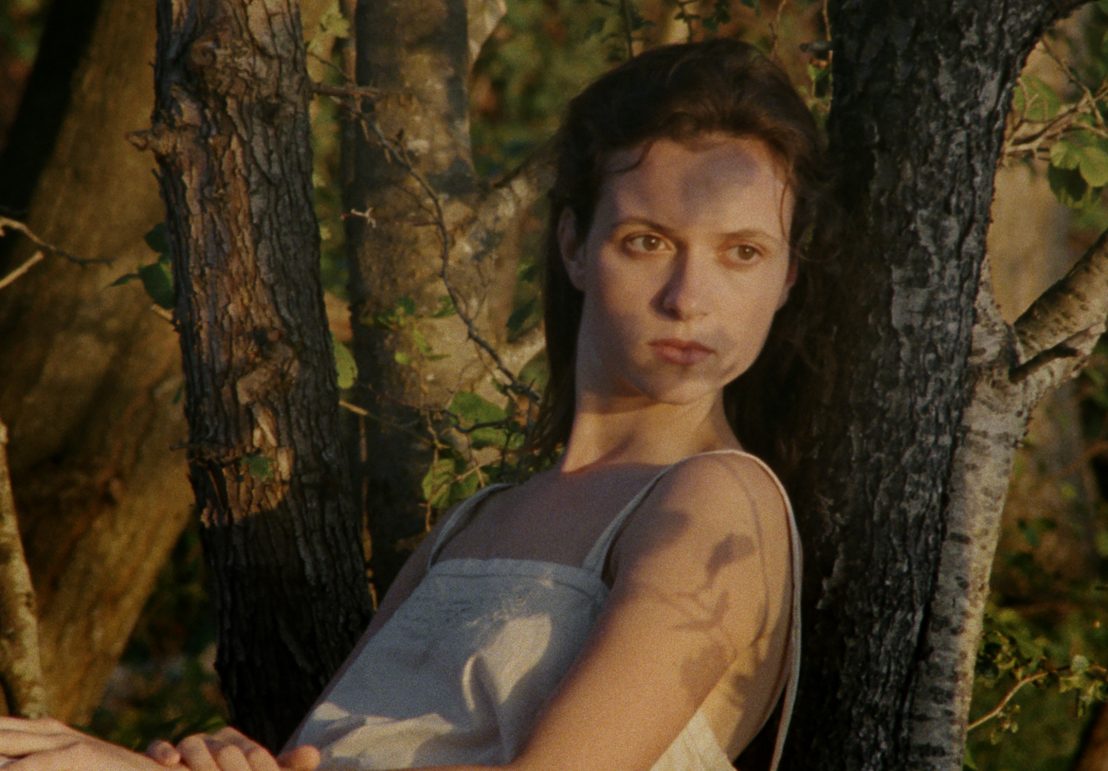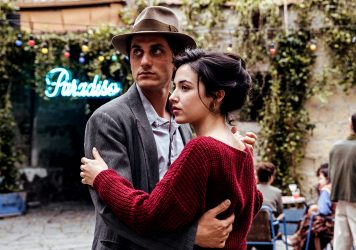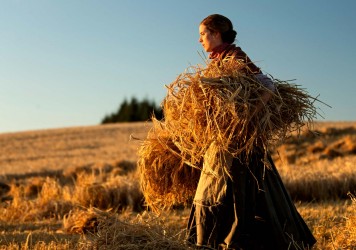
Pietro Marcello adapts Alexander Grin’s fairy tale about a poverty-stricken family with breathtaking results.
There is a Rembrandt-esque quality to the images that Pietro Marcello brings to the screen in his lyrical saga about a put-upon peasant family, adapted from Alexander Grin’s fairy tale Russian novel. Covering a 20-year span between the wars, it stars Raphaël Thiéry, who resembles a gallic John C Reilly with a face so gnarled it is expressive even in repose. We meet his character, also named Raphaël, as he limps home from the frontline, slowly marching over hill and dale, through fields, past rambunctious children and farmers pitchforking hay.
The contrast between Raphaël’s downward gaze and the way that Marcello frames him as the centrepiece of a beautiful landscape reflects the filmmaker’s goal to give his working-class characters the artistic treatment historically afforded to the rich. Transposed to rural France from Grin’s Russian setting, every frame is indeed a painting with crisp light giving a heavenly cast to otherwise dark spaces, while leisurely pacing means that the eye lingers on each carefully constructed visual.
One such visual is of a tiny soft hand holding Raphaël’’s large grizzled paw. No-nonsense matriarch, Madame Adeline (Noémie Lvovsky, MVP), passes Raphaël his baby, Juliette, after his long journey ends at her farmhouse door. Baby Juliette is a precious consolation, for his wife died in a mysterious tragedy while he was at war. Together with Adeline, a blacksmith and the blacksmith’s wife, the five form a found family, which proves ballast against the local villagers who exist to bother, trouble and menace them.
Marcello is sure-handed as he feeds in the telling themes that will ebb and flow as Juliette grows into a young woman (played by Juliette Jouan). Raphaël, a gifted artisan, passes his days pursuing work in the face of various ill-turns of fate. Here is a perspective on family and class that echoes epic studies of human nature, like John Steinbeck’s East of Eden. We see how many aspects of Juliette’s life were set in stone before she was even born.
This is not a misery memoir, nor poverty porn. The slings and arrows of outrageous fortune more than meet their match in the warmth that exists in the farmhouse, where each of the fivesome possess life skills that give their lives a hard-working harmony. Elements of magical realism present as Juliette seeks refuge in the woods, conversing with the local “witch”. While she is bathing in the lake, singing a ditty, she catches the attention of passing rake, Jean (Louis Garrell with an aristocratic little moustache).
Marcello seamlessly inserts newsreel footage to give a sense of the world progressing beyond this domestic microcosm. There is great attention to detail as events seeded early on bear fruit later in unexpected yet fitting ways. Scarlet is gravely aware of the dangers of being female and poor when opportunistic men circle. Juliette’s defiance (“she’s as proud as a wolf”) and Adaline’s ferocity are shown to be forged out of necessity.
They are not victims. They are avenging angels. “Girls must be 1000 times braver than boys,” sings Juliette who is brave enough to laugh at inequality. After a tense opening 30 minutes, the pacing across the next 70 minutes is sometimes languorous to a fault. Still, the characters and images are illustrated with a fierce and breathtaking beauty.
Published 18 May 2022

Jack London’s semi-autobiographical novel gets a masterful Italian makeover courtesy of director Pietro Marcello.

This Terence Davies passion project showcases an incandescent performance from Agyness Deyn.